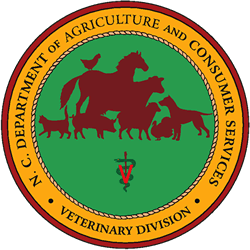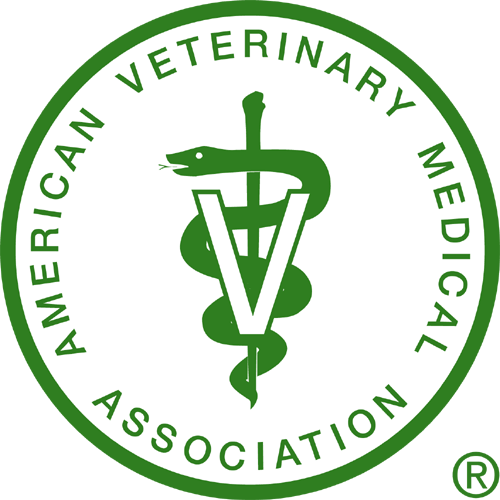Cattle and the Veterinary Feed Directive
On October 1st the Veterinary Feed Directive Final Rule became effective.
What is the Veterinary Feed Directive Final Rule?
The Veterinary Feed Directive final rule outlines the process of obtaining a Veterinary Feed Directive (VFD).
Initially only affects drugs that are currently approved as VFD drugs: avilamycin, florfenicol, tilmicosin. Eventually more will be affected as they change from over-the-counter to VFD drugs. Over-the-counter medications administered in the drinking water will be changed to prescription drugs. These changes will be taking place between now and January of 2017.
Medicated feeds with label claims for production will be removed. For example, feeds that have a label such as “increased rate of weight gain” or “improved feed efficiency.” These production uses will no longer be legal. All medically important antibiotics will have their production labels removed between now and December of 2016.
Feeding a medicated feed without a production label for a production purpose is considered off-label use and is illegal. Any extralabel use of a medicated feed is not permitted.
Current list of antimicrobials affected: Aminoclycosides, lincosamides, macrolides, penicillins, steptogramins, sulfonamides, and tetracyclines. Remember this list may be subject to change as the FDA constantly evaluates what are considered medically important antimicrobials and periodically updates the list.
What is a VFD (Veterinary Feed Directive)?
A written statement directing the use of a VFD drug in an animal feed. A VFD must be issued by a licensed veterinarian and there must be a valid veterinary client-patient relationship in place.
What is a veterinary-client-patient relationship?
A relationship between the veterinarian and the client, and animals owned and managed by the client. The veterinarian must have enough knowledge of the animals and facilities (usually from heard health visits) to assist with clinical decision making regarding the health of the animals.
What do I need to do to obtain a VFD?
Contact our office and we will help you. Remember you can only obtain VFDs from licensed veterinarians that have a valid veterinary-client-patient relationship with you and your livestock.
What is the goal of the Veterinary Feed Directive?
The FDA has been working towards changing how medically important antibiotics can be used in feed and water for food producing animals. Currently the FDA is removing the use of these drugs for feed efficiency or growth promotion. These drugs will still be available for therapeutic uses, however these uses will now be under the supervision of a veterinarian. The goal is to ensure that antibiotics that are medically important for human medicine will be used judiciously and only for specific animal health purposes.
What does this mean for you and your cattle?
Rumensin, Bovatec, and ionophores are not affected by this ruling. So they may continue to be used without a VFD. (Unless used in the same feed as a VFD drug).
CTC (Chlortetracycline) is an antibiotic commonly used for treatment and control of anaplasmosis in beef cattle by adding to the feed. This will now come to fall under the VFD ruling and require a VFD to be fed to cattle.
Terramycin (Oxtytetracycline); Aureomcyin (Chlortetracycline); Tylan (Tylosin) are also antibiotics that have been classified as medically important and will now require a VFD to be fed to cattle.
The VFD final ruling does not affect injectable antibiotics. Over-the-counter status of currently available injectable antibiotics will not change due to this ruling.
To feed a VFD drug you will need to contact your veterinarian to obtain a VFD for that specific medication. Your veterinarian can write you a VFD for the specific medication, group of cattle, location, and duration of time.
Things to remember:
- You cannot feed a VFD feed without a valid VFD.
- You cannot feed a VFD feed past the expiration date on the VFD. (If the expiration date will fall in the middle of your planned treatment time contact your veterinarian to obtain a new VFD with an accurate expiration date). Do not feed a VFD feed past the expiration date on the VFD.
- You cannot feed a VFD feed to a group of cattle not included on the VFD.
- You must retain a copy of each VFD for your records and keep them for 2 years. You will need to be able to provide these in case of an inspection by the FDA.



